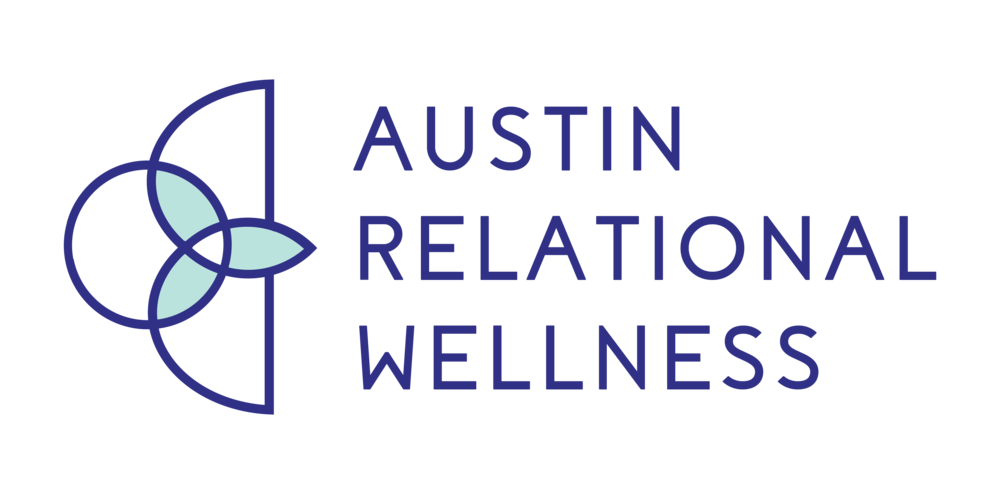Your partner doesn’t call you back when you call them — what do you do and think? Do you automatically assume they are mad at you? Do you text them and demand that they call you back? Where is your head at — totally spinning?
You go out on a date with someone new — after the first date, do you immediately start wondering when the next date will be? Does it feel like you absolutely need to know?
These thoughts and reactions may be some indicators of an anxious attachment style.
What is Attachment Theory?
Attachment theory was first founded by John Bowlby in his research on how babies attach to their primary caregiver. For example, in this research, they looked at things like — when the baby cried for a changed diaper, did the caregiver come in and change the diaper? What they found was that the level of responsiveness of a caregiver to a baby’s needs impacted how the baby experienced safety, trust, and connection and influenced how this child would interact in the world with others throughout life.
Sue Johnson furthered the study of this theory with a focus on how these attachment styles show up in our intimate partnerships as adults. Johnson applied the four attachment styles first identified by Bowlby — secure attachment, avoidant attachment, disorganized attachment, and anxious attachment — to adult partnerships.
Anxious Attachment Style
As a child, those with an anxious attachment style may have had an inconsistent or confusing dynamic with their primary caregiver due to inconsistent or misattuned parenting. Perhaps they often had temper tantrums and felt a strong need to be close to their primary caregiver, but the caregiver did not respond with closeness or comfort most of the time. These children may have been easy to get worked up and upset and unable to self-regulate.
In adult partnerships, those with anxious attachment style tend to be “needy” and dependent on their partner. Some signals of anxious attachment include: low self-esteem, fear of rejection and abandonment, jealousy, worry, approval seeking, lack of boundaries, and clinginess.
Anxious Attachment Style Triggers
Triggers for an anxiously attached individual may include: inconsistency in communication from a partner when the partner is running late, when a partner seems distant or disconnected, a partner forgetting an important event, or a partner not noticing a new haircut or outfit.
Those with anxious attachment styles in a relationship can react to their triggers in the following ways: constantly thinking about the relationship, worrying about threats to the relationship, desiring constant connection to their partner, and often being quick to anger, blame, and explain to their partner.
Ways to Manage an Anxious Attachment Style
If you’re identifying with some of these signals, triggers, or reactions, you may have an anxious attachment style. One of the best ways to work with an anxious attachment style when you’re triggered is to focus on self-regulating your emotions in the following ways:
Recognize you’re overstimulated
Breathe and think through, holding off on a big emotional reaction
Work to calm yourself down and get grounded
Manage the expectations of your partner
Communicate your anger or hurt in a non-reactive way
In addition to self-regulation, talk therapy, marriage counseling, couples therapy, cognitive behavioral therapy (CBT) strategies, and mindfulness also help with managing your anxious attachment style.
Article by Sarah Imparato, MA, LMFT Associate
Offering Austin Couples Therapy & Individual Therapy




































